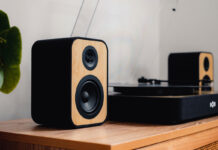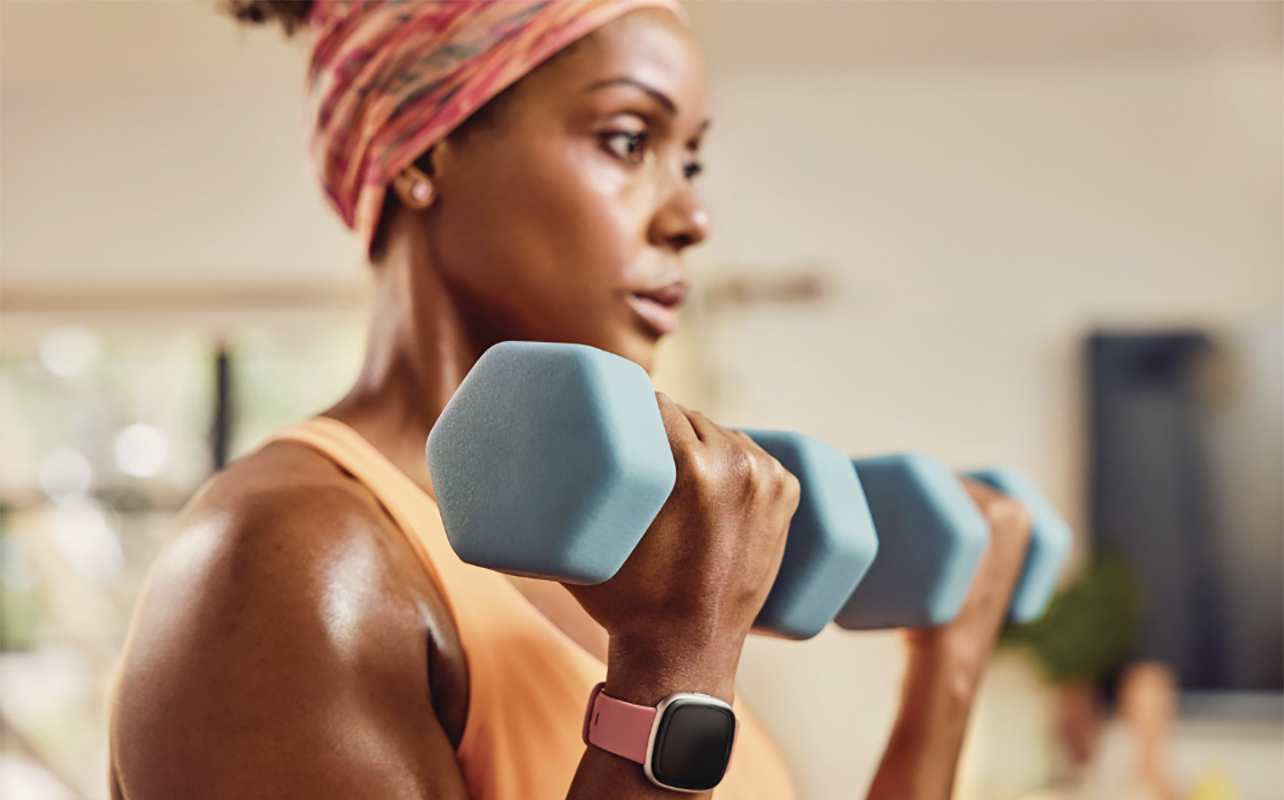
Smartwatches help you keep on top of health, wellness, and fitness. The latest smartwatches have tons of health sensors that work together and on their own to track various metrics and monitor different vitals. Over the years, these sensors have become more accurate while the companion apps add features to maintain your privacy.
According to Leger in 2025, 40% of Canadians use wearable technology, with smartwatches being the most popular option. There’s good reason. They can not only track basic things like steps, workouts, and calories burned. They can also track continuous heart rate, sleep, blood oxygen, and more. Acquiring this information is not just about keeping on top of your current health, but also about analyzing the data over time. The details can also encourage you to proactively respond to potential issues, with the help of a health care professional.
In this guide, we’ll demystify smartwatches health sensors and features, like heart rate, sleep, ECG, SpO2, and fall detection, including what they track and how. By the end, you’ll feel confident in making a more informed decision when choosing a new smartwatch.
What counts as a health feature on a smartwatch?
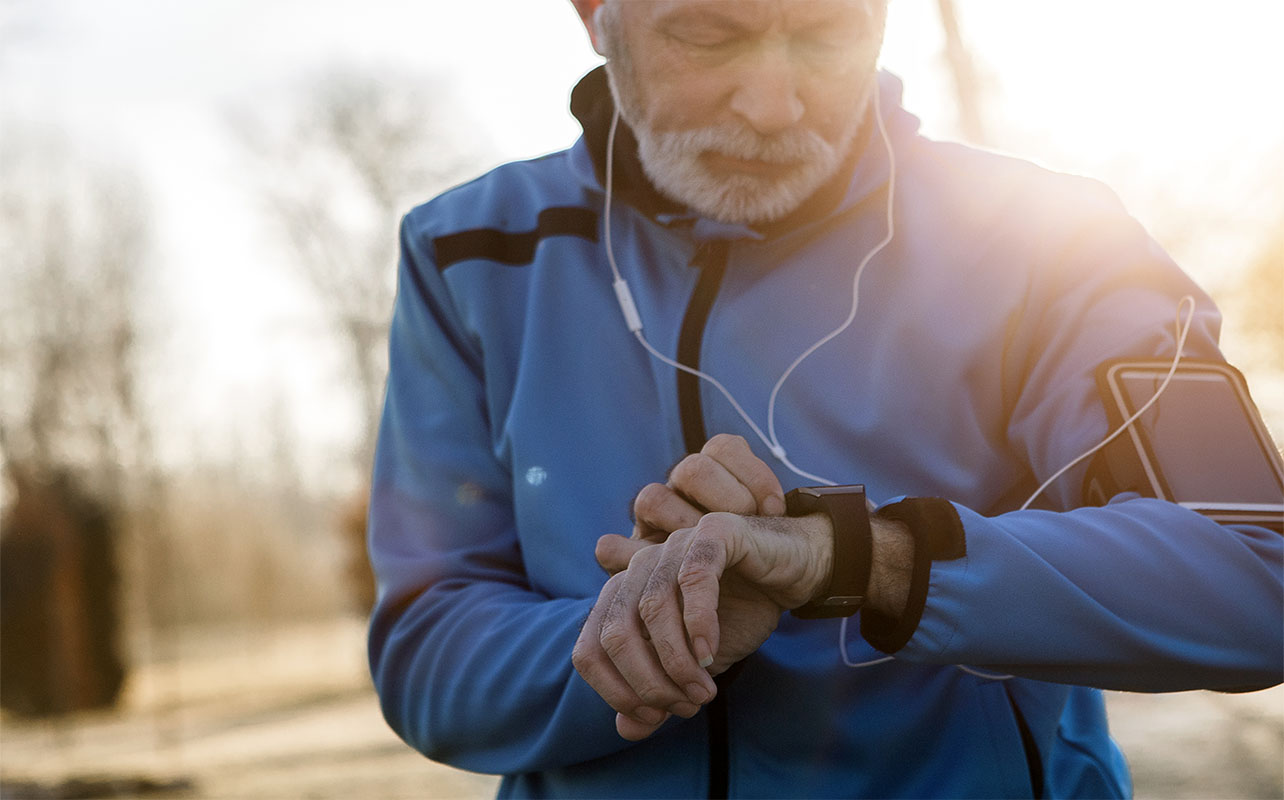
Smartwatches have both health features and lifestyle data. These are distinct from one another.
Vital-sign sensors vs fitness metrics
Vital sign sensors are about vitals that literally keep you alive while fitness metrics are details pertaining to your workouts and activity.
Vital sign sensors capture core data. This includes metrics like heart rate, heart rate variability, resting heart rate, sleep data, blood oxygen, respiratory rate, body temperature, even menstrual cycles. These vitals can detect illness or point to anomalies that might prompt you to visit your doctor.
By contrast, lifestyle and fitness metrics include data like steps taken, exercise minutes, cardio recovery, stand hours, distance traveled, pace, and training load. In fact, it’s for this reason that devices like the Apple Watch show fitness data in the Fitness app and health data in the separate Health app.
Regulated vs wellness data
Regulated data captured in smartwatches requires clearance from a regulatory body before the feature can be offered. In Canada, this is Health Canada and in the U.S., it’s the FDA. This data can include metrics like ECG, blood pressure monitoring, and even SpO2. Even though smartwatches that offer these features receive approval from the regulatory body, it is important to note that they do not take the place of a medical device and are not classified as such.
Wellness data, meanwhile, is simpler data that is designed to provide a general idea, without meeting regulations. This might be details like body battery or readiness and stress. Typically, these features leverage the vital signs and lifestyle/fitness metrics captured by the smartwatch to calculating a score of some type.
Tracking your core vitals

Now that you know what core vitals smartwatches can track, now the question is how? This is through an intricate set of sensors on the underside of the watch that comes in contact with your skin.
Optical heart rate (PPG) basics
Feature best for: Those who want to keep on top of their heart health.
Smartwatches that can capture heart rate use photoplethysmography (PPG) sensors. How do these work? Light is shone onto the skin through small LED lights and sensors on the underside of the watch. The amount of light that is reflected back depends on the amount of blood flow. The changes in this intensity of blood flow correspond with the number of beats your heart makes per minute. This, in turn, indicates your heart rate.
Optical heart rate sensors in smartwatches are more accurate today than ever. Smartwatches like the Google Pixel Watch 3, for example, now include machine learning based heart rate tracking, which continuously samples your heart rate to get an accurate picture 24/7.
ECG on the wrist
Feature best for: Those who are concerned about heart disease or stroke.
You can take an ECG reading from your wrist at any time with a supported smartwatch. The feature leverages electrodes that record electrical activity once you place your finger on a sensor, like a digital crown (Apple Watch), dedicated button (Samsung Galaxy Watch), or corners of the watch (Fitbit Sense 2). When you activate this feature, the electrodes measure the electrical signals from your heart through contact with your skin. It analyzes the information to then determine if irregularities are present.
Most notably, ECG checks for atrial fibrillation (Afib), an irregular heart rhythm that can potentially indicate a more serious issue. Keep in mind that ECG from a smartwatch isn’t as accurate as one taken at a hospital since it takes just a single reading versus multiple. This means there’s potential for false positives or, conversely, for the watch to miss capturing accurate data. What’s more, smartwatches are cleared for ECG only for the purpose of detecting Afib. However, being able to check daily for Afib right from home versus only when you visit a doctor once or twice a year is tremendously valuable.
Blood-oxygen (SpO2) & altitude safety
Feature best for: Those who suspect sleep apnea or have concerns about altitude sickness.
Blood oxygen measures how much oxygenated blood is running through your vessels. This helps determine how well your body absorbs and distributes oxygen. Typically measured through a pulse oximeter on your finger, a smartwatch accomplishes this through red and infrared light shining on your skin from the underside of the watch. The measure of reflected light confirms how much oxygenated blood is in your vessels. How? Blood absorbs then reflects light differently according to the oxygenated saturation. The data is presented by the watch as an SpO2 calculation, a percentage. Anything above 95% is considered normal, while below can be cause for concern.
This measurement is especially important for climbers and adventurers since SpO2 can decrease at higher altitudes as the atmospheric pressure decreases. This can, in turn, lead to altitude sickness. It’s also useful during sleep since some smartwatches like the Apple Watch can use SpO2 data in conjunction with other details to detect for conditions like sleep apnea.
Cuff-less blood-pressure: mechanics & limits
Feature best for: Those with high or low blood pressure.
Some smartwatches like Samsung Galaxy watches introduced the idea of measuring blood pressure. But usually this still requires an arm cuff alongside the watch. There have been strides in developing a cuff-less set-up, but this still falls into the wellness not vitals category. That is because these can only provide an estimation of blood pressure through measuring pulse wave velocity (PWV), or how quickly your pulse travels from one location to another. You’re still best off using a traditional cuff to capture blood pressure.
Safety and medical alerts
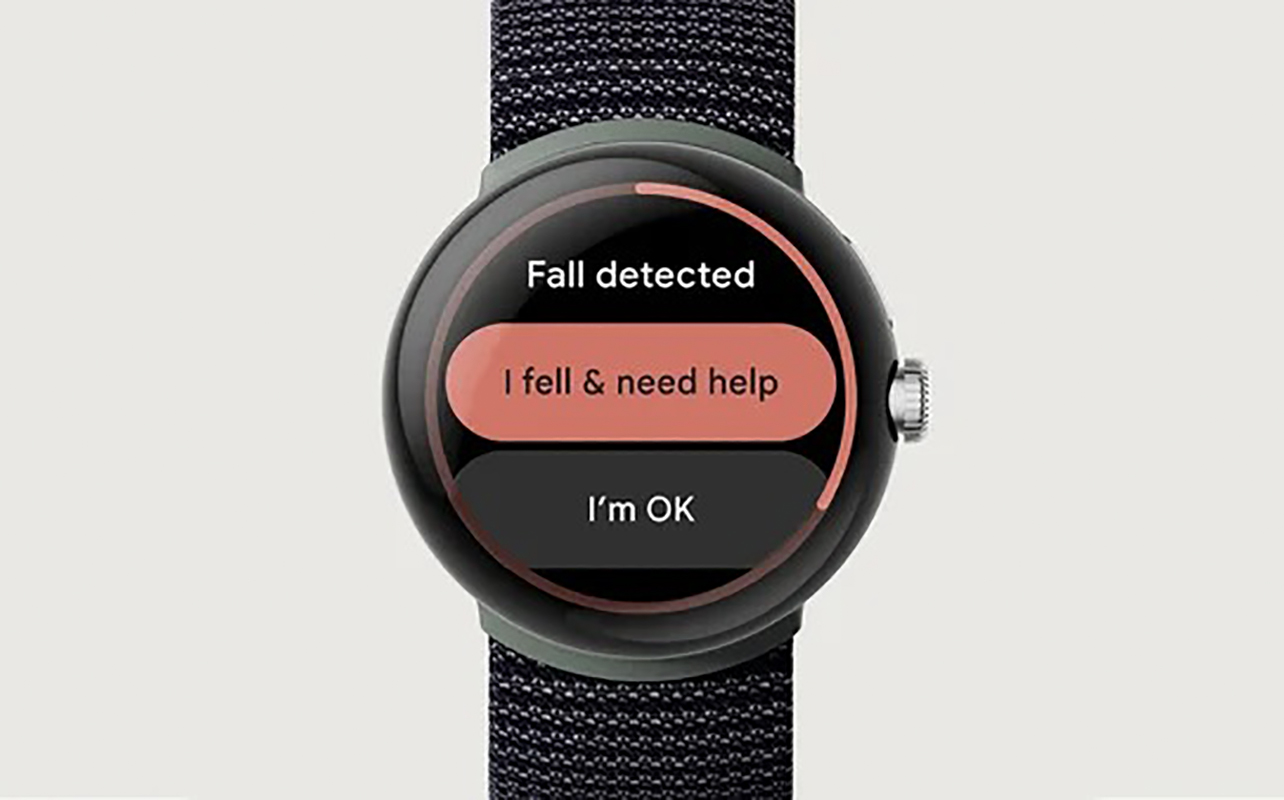
Many smartwatches today have additional sensors for safety and medical alerts. This makes them helpful for people with a specific disease, mobility limitations, or the elderly.
Fall detection & SOS workflows
Feature best for: Those with mobility issues, who live alone, the elderly.
Smartwatches with fall detection use accelerometers and gyroscopes to detect movement and your body’s orientation. If they detect a fall, specified contacts on your list can be alerted, or the watch can even auto-dial emergency services and share GPS location. If you took a light fall and it turns out you’re OK, there’s an option to cancel this.
Irregular rhythm/AFib notifications
Feature best for: Those who want to keep on top of heart health.
If the smartwatch’s heart rate sensors detect an irregular rhythm that isn’t associated with something like a workout or recorded intense activity, it can send a notification that Afib was detected. This can alert you to a potential issue, prompting you to visit your doctor to find out more. Afib can lead to heart disease or stroke, and while smartwatches aren’t medical devices, these alerts could also potentially save a life.
Temperature and cycle tracking
Feature best for: Women tracking cycles, perimenopause, pregnancy.
Increased body temperature can be an early indicator of fever and thus a pending illness like the flu. This can also be tied to a woman’s menstrual cycle, giving you an idea of when a cycle is about to begin. Women trying to conceive (or not conceive), curious about fertility, going through perimenopause, or simply wanting to keep track of their monthly cycles will find this feature helpful.
Car crash detection
Feature best for: Drivers who travel alone.
Smartwatches with this feature can detect sudden impact potentially pertaining to a car crash. When detected, they can summon trusted contacts or emergency services unless you respond indicating that you’re OK.
Sleep and stress, decoded

Sleep is one of the most important yet often disregarded aspects of overall health and wellness. It’s not just about getting enough sleep, but also about getting good quality sleep. That’s why the latest smartwatches offer detailed sleep tracking and analysis.
Sleep-stages
Feature best for: Shift workers, parents, active individuals.
Most smartwatches report the duration of time you slept, along with the time you fell asleep and woke up. But many also break this down by REM (Rapid Eye Movement), Deep, and Light sleep. Light or core sleep is the first stage where your brain activity and heart rate decrease but you can still be easily awakened. REM is the second stage when you fully begin to relax and are more difficult to awaken. Deep sleep is when your breathing and heart rate are at their lowest and your muscles are relaxed. This stage is crucial for restoration, tissue repair, and hormone release. Typically, a good night’s, restorative sleep will include at least 13% deep sleep and 20% REM.
Some smartwatches provide tips to help you reduce your sleep debt. This can include things like reducing screen time or alcohol intake right before bed, maintaining a consistent bedtime, and ensuring a proper sleep environment, including temperature and lighting.
Heart-rate variability for recovery
Feature best for: Those who work out regularly.
Heart rate variability (HRV) measures the time between your heartbeats and whether or not there’s a steady rhythm or slight fluctuations. A faster heart rate variability can be an indication of illness, but also of stress. Some smartwatches send alerts and suggest a calming activity. A good HRV is usually between 60 and 100 milliseconds, but age, fitness level, and overall health can play into this. Storing data in your smartwatch app helps the device determine your HRV and how this might be linked to poor recovery after a workout. This data can also be used to give a readiness score, advising if your body is tuned for an intense workout or if it’s better that you take a day off.
Guided breathing & mindfulness apps
Feature best for: Those prone to stress.
Many smartwatches include built-in breathing exercises whereby a visual ring pulses on screen, guiding you when to breathe in and breathe out continuously for a few minutes. Some also come with breathing and mindfulness exercises in the companion app, which you can access on a connected big screen, your phone, or right on the watch screen. There are also third-party mindfulness and meditation apps you can download to a compatible smartwatch. Two of the most popular are Headspace and Calm.
Fitness & recovery metrics
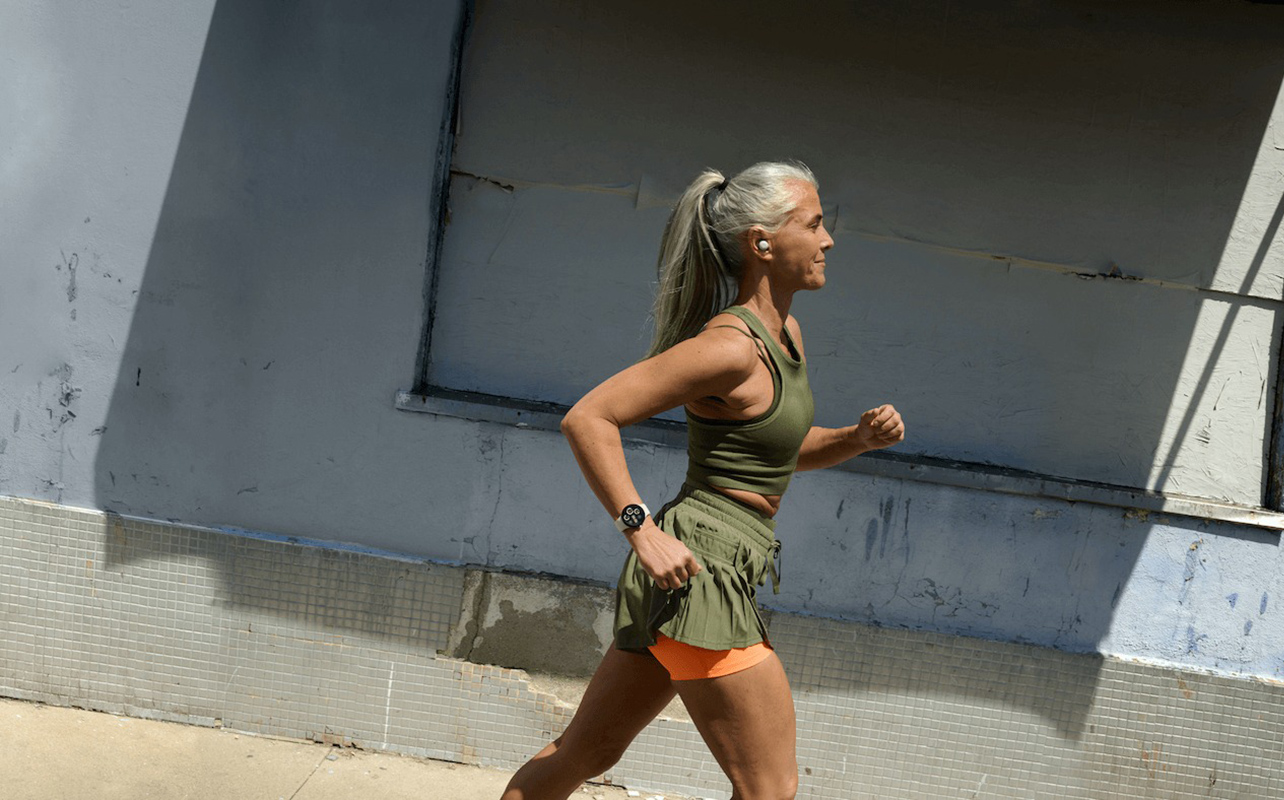
Alongside health features, smartwatches are also tools to help guide you along on your fitness journey. With this comes the capture and aggregation of specific data.
Vo2 Max, cardio score, readiness/body battery
Feature best for: Runners or those who work out daily.
Smartwatches capture data to help you determine your readiness for intense exercise as well as how well your body recovers. VO2 Max is an estimation of the maximum oxygen consumption of your body during exercise. The number helps determine your cardiovascular fitness. Learn if yours is above or below average so you can work to improve. This calculation is delivered with different names depending on the smartwatch brand. Apple Watch, for example, calls it Cardio Fitness, Fitbit gives you a Cardio and Readiness Score, and Garmin calls it Body Battery. If you like to run, walk, or cycle, you may appreciate this number as it helps you better understand your overall cardiovascular health. It’s also important for those looking to actively improve cardiovascular health.
Automatic workout detection
Feature best for: Those who do the same workout types often.
This feature can sense when you’re doing a specific workout based on motion and heart rate data, like walking, running, rowing, swimming, or cycling, and automatically start tracking it for you. This is great if you’re forgetful and often fail to manually select the workout before you go for a walk, for example. It ensures you don’t miss out on precious exercise logging. It’s ideal for those who frequently do the same activities daily, like running on a treadmill or using a rowing machine. Keep in mind, however, that it doesn’t always work and can sometimes not be triggered until long after you have started.
GPS + altimeter for outdoor athletes
Feature best for: Runners, walkers, cyclists, hikers.
An altimeter is ideal for outdoor adventurers, especially those who hike or climb, since it can track altitude as well as distance. GPS is also essential for safety so you can keep track of your location, and it’s crucial for runners and cyclers who want to plot their routes. The best smartwatches for runners have dual-band GPS, which can latch onto more satellites for precise tracking. Whether you’re running on a busy urban street or a remote trail in a rural area, you can get accurate location tracking.
Accuracy and privacy
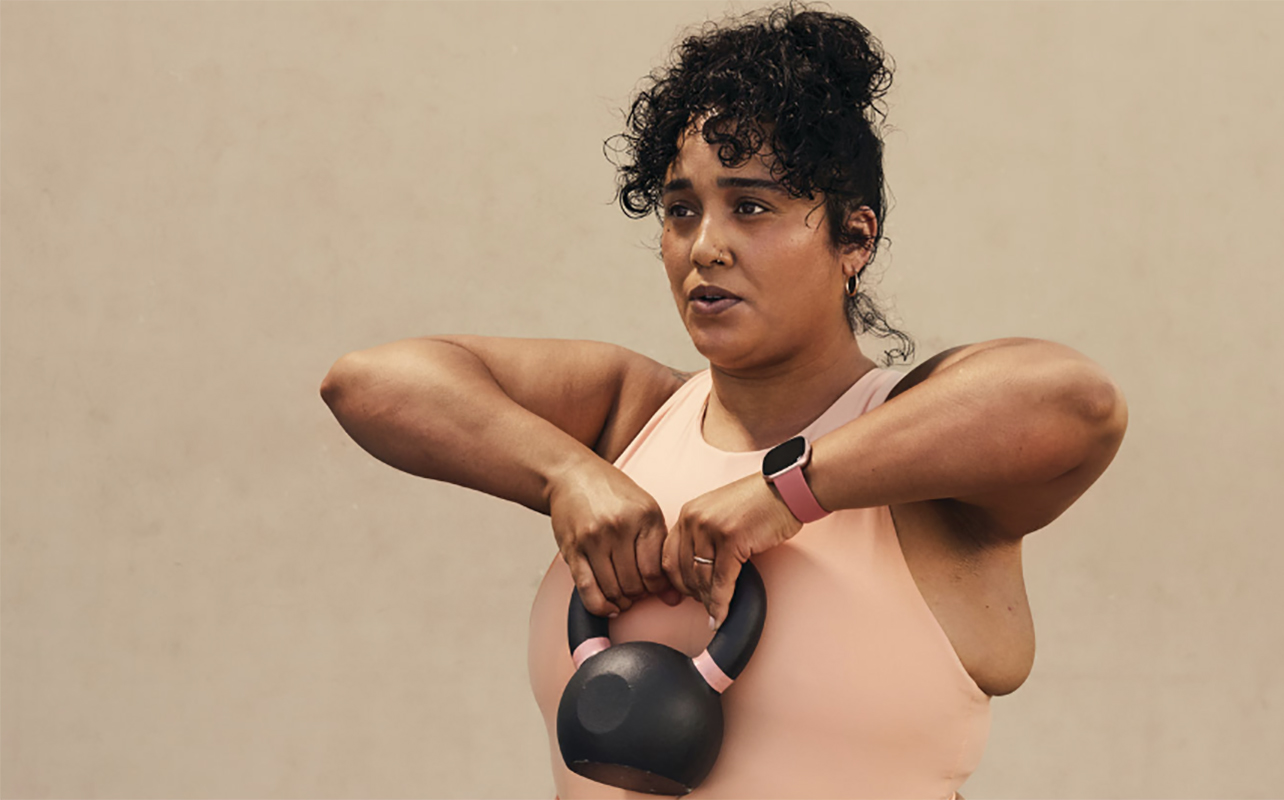
Two concerns wearers often have about smartwatches is accuracy and data privacy.
Sensor-skew factors
There are a few things that can skew the data when you wear a smartwatch. In 2022, some studies suggest that skin colour can impact data accuracy, with less accurate data collected from those with darker skin. However, this theory is not conclusive. Tattoos on the area where the watch is worn can also skew data, especially if it’s dark colours like red that can interfere with the reading. It’s also important to ensure that the watch is fitted properly. It should not be too loose since the sensors need to come in constant contact with your skin. Finally, everyone knows that little trick: move your arms repeatedly while seated and you can capture more steps. To avoid skewing data, be honest with your movements.
Where your data goes & how to control it
To capture a history of vitals and metrics, the smartwatch must collect daily readings. This personal data is typically stored in the cloud so you can access it from the app on your various devices. If you have concerns, investigate if there’s an encrypted storage option to protect your personal data. Some popular smartwatches with data encryption include Apple Watch, Samsung Galaxy Watch, and Google Pixel Watch. Further secure your data by enabling PIN lock and two-factor authentication on the mobile devices where you access the companion app.
FDA-cleared vs “wellness only” claims
Typically, if a smartwatch feature is not approved for use in Canada, it will not be accessible. But this isn’t always the case. What’s more, some smartwatches have features that are labeled as being for “wellness only” and don’t have FDA or Health Canada clearance. If a device has received regulatory clearance, it means it has been tested to meet accuracy requirements for that feature, like ECG. If it can take readings, like heart rate, but isn’t authorized or approved to measure the values, it’s just a wellness feature. Think of it like a phone that is water repellant versus one that meets an IP rating for water-resistance.
Always be mindful of false claims. In 2024, the FDA asked consumers to be wary of smartwatches that claim to be able to measure blood sugar levels without piercing the skin, noting that they should be avoided.
Choosing the right watch for your health goals
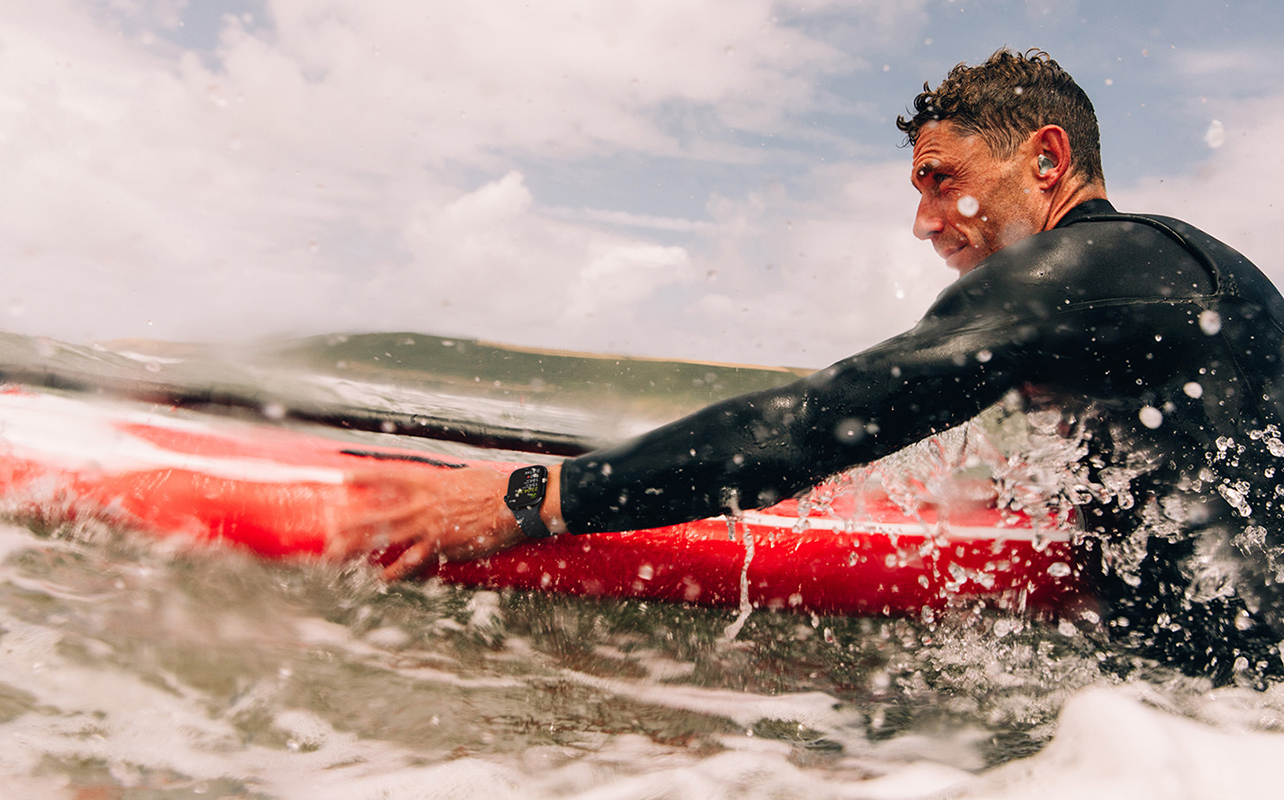
Now that you understand what all the health, wellness, and fitness features and metrics mean, and how to interpret the data, it’s time to choose the right smartwatch to help you meet your goals. Our smartwatch buying guide is a good place to start. But generally, for seamless pairing, Apple iPhone users should go with the Apple Watch, Samsung Galaxy phone owners with Galaxy Watch models, and Google Pixel phone owners with a Google Pixel Watch.
Match your smartwatch to your phone brand
If you aren’t tied to a specific brand, Garmin works with both iOS and Android and its watches are lauded for features like GPS and Body Battery. The company also has a different line of smartwatches to suit all types of users, from runners to golfers. Fitbit, meanwhile, has a reputation for especially accurate and detailed sleep tracking. But you need a subscription to Fitbit Premium to enjoy access to all the features.
Here’s a quick comparison chart of sensors and key health features for some of the top brands to help you decide. (Note: some features are depending on the specific model).
| Apple Watch | Samsung Galaxy Watch | Garmin | Fitbit | Google Pixel Watch | |
| Heart Rate Sensors | Yes | Yes | Yes | Yes | Yes (Multi-Path in Pixel Watch 3) |
| ECG | Yes (High & Low Notifications) | Yes | Yes | Yes | Yes |
| Blood Oxygen/SpO2 | Yes | Yes | Yes | Yes | Yes |
| Blood Pressure | No (Pair with 3rd-Party Cuffs) | No (Pair with 3rd-Party Cuffs) | No (Pair with Garmin Monitor) | No | No |
| Fall Detection | Yes (Emergency SOS) | Yes (Emergency SOS) | Yes (Incident Detection) | Yes | Yes |
| Car Crash Detection | Yes | No | No | Yes | Yes |
| Afib Notifications | Yes | Yes | Yes | Yes | Yes |
| Body Temperature Sensor | Yes | Yes | Yes | Yes | Yes |
| Cycle Tracking | Yes (Ovulation Estimates) | Yes | Yes | Yes | Yes |
| Sleep Tracking | Yes (Sleep Apnea Notifications) | Yes (Snoring, Sleep Apnea Detection) | Yes | Yes (Sleep Score + More with Premium) | Yes (Fitbit technology) |
| Heart Rate Variability | Yes | Yes | Yes | Yes | Yes |
| Guided Breathing | Yes (+ Mindfulness Exercises in App) | Yes (+ Mindfulness Exercises in App) | Yes (Breathwork) | Yes (+ Mindfulness Exercises in App) | Yes |
| Readiness | Yes (Training Load) | Yes (Energy Score) | Yes (Body Battery) | Yes | Yes |
| GPS | Yes (Built-in) | Yes (Built-in) | Yes (Built-in) | Yes (Built-in) | Yes (Built-in) |
FAQs
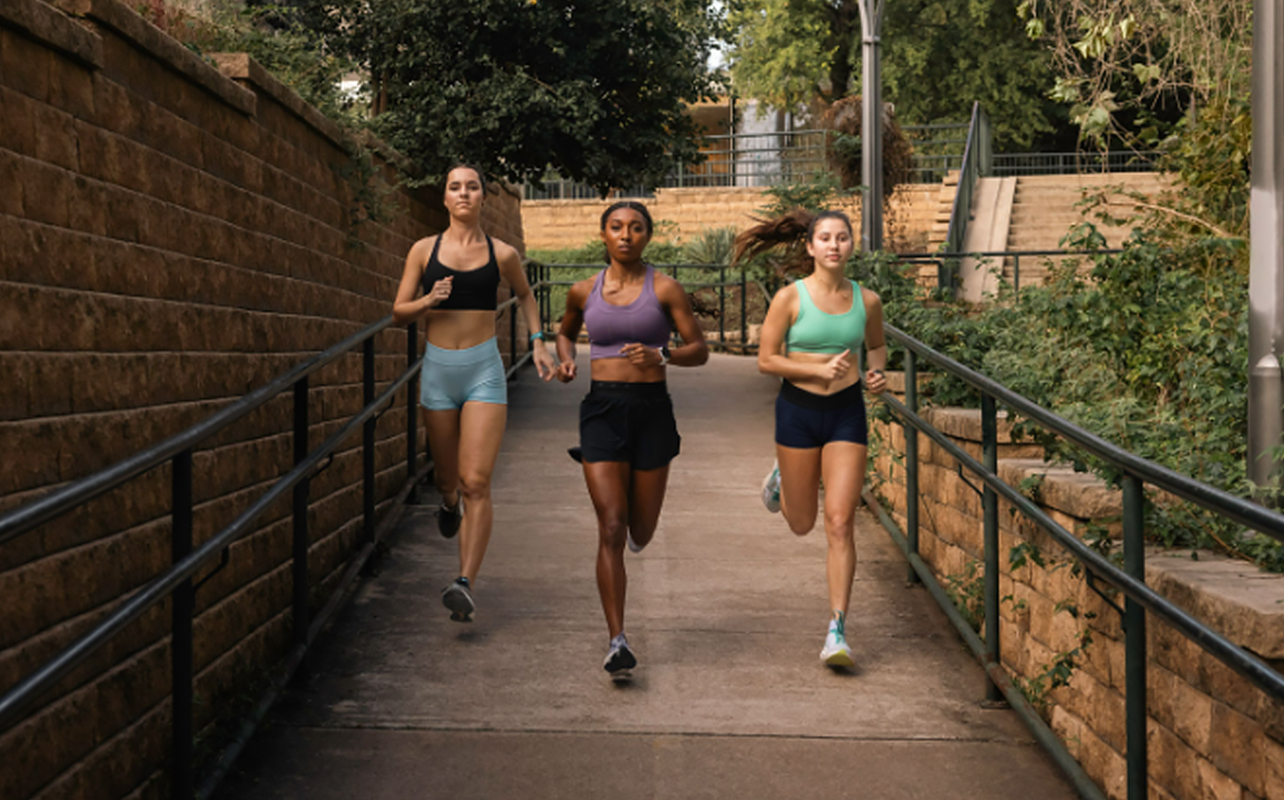
Still have questions? Hopefully, we have the answers!
1. Can a smartwatch replace a medical device?
No. A smartwatch should never be used in place of a medical device. Smartwatches are designed for personal use, helping you keep on top of vitals and other health and wellness metrics all year round. The data may prove useful in helping you detect potential health issues in early stages. However, the intention is to prompt you to seek advice from a medical professional, and potentially have official tests run, if anything is amiss. You should never take medication or address potential concerns yourself based on data from a smartwatch without consulting with a doctor first.
2. How tight should the strap be for ECG?
When taking an ECG reading from a smartwatch, the strap of the watch should fit securely around your wrist. It must come in contact with your skin and not shift or move around while the reading is being taken. It should not, however, be so tight such that it cuts off circulation. Make sure the band and underside of the watch is clean as well, part of the overall maintenance and care tips for your smartwatch.
3. Are smartwatches as accurate as chest straps for heart rate monitoring?
While smartwatches are getting better and better at heart rate monitoring, you will always get the most accurate heart rate reading from a chest strap heart rate monitor. That is because chest straps measure via electrical signals from your heart versus optical sensors. A chest strap monitor is the best option to wear during workouts, though it isn’t something you’d keep on all day. Ideally, hard-core fitness enthusiasts will wear a chest strap when working out to compare the data to your smartwatch and use the watch for continuous heart rate tracking through the day.
4. What health features use the most battery life?
Any feature that runs continuously in the background will drain significant battery life from your smartwatch. This includes features like continuous heart rate tracking, which is necessary for detecting conditions like Afib. Continuous SpO2 monitoring can also put a strain on battery life. One of the biggest battery drainers is GPS, so if running is your activity of choice, look for a smartwatch with long battery life. You can often turn off these modes or use a battery saver mode that temporarily halts tracking when you need to conserve battery life.
A smartwatch is your health companion
While a smartwatch is not a medical device, wearing one daily is like having a coach and health assistant on your wrist. They continually track metrics like heart rate, blood oxygen, sleep, stress, and temperature. They have safety features that can ensure you get help in the event of an accident. The detection of potential conditions can prompt you to pay a visit to your doctor. Workout planning and tracking is simple with features like automatic workout detection, readiness score, and GPS. And with premium models, you can rest assured you’re getting accurate tracking.
Ready to wrap a sleek new smartwatch around your wrist? Shop smartwatches with advanced health features at Best Buy Canada.




